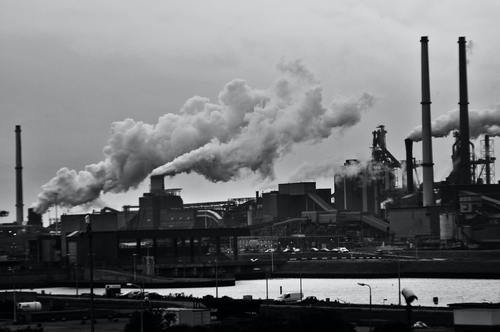
The First Industrial Age
A series of inventions and events had to happen before the first industrial revolution could take off in England. Building technology took new strides during this period because of the specialised and large-scale production of iron which was melted using coke. The availability of iron was followed by the invention of machinery such as the steam engine. The puddling process was invented by Henry Cort, which allowed the establishment of the first rolling mill powered by the steam engine to smelt wrought iron.
Wrought iron is more robust than cast iron which is more brittle due to its high carbon content. In the first industrial age, building materials were in high demand, and companies began mass-producing building bricks by mechanical extrusion in the 19th century. Beehive kilns became common, and more elaborately shaped building materials could be produced. At the end of the century, many people adopted tunnel kiln technology to make bricks faster.
The emergence of building science meant that the performance of buildings could be assessed accurately using mathematical models. Quality control became important mainly because of the elastic theory of structures that took root in the construction industry. In addition, industrial and enlightened economies demanded more significant buildings, and the architect became a licensed professional.
The Second Industrial Age
This industrial age was driven mainly by steel and electricity, which required to be mass-produced to keep pace with the growing demand from the railroad industry. The Paris Exposition showcased the Eiffel Tower and the Gallery of Machines, built primarily of steel. Fast forward to the 1880s in Chicago; steel-framed high-rises were cropping up to keep pace with growing land prices. The industry made other improvements over the years to reach its present state.